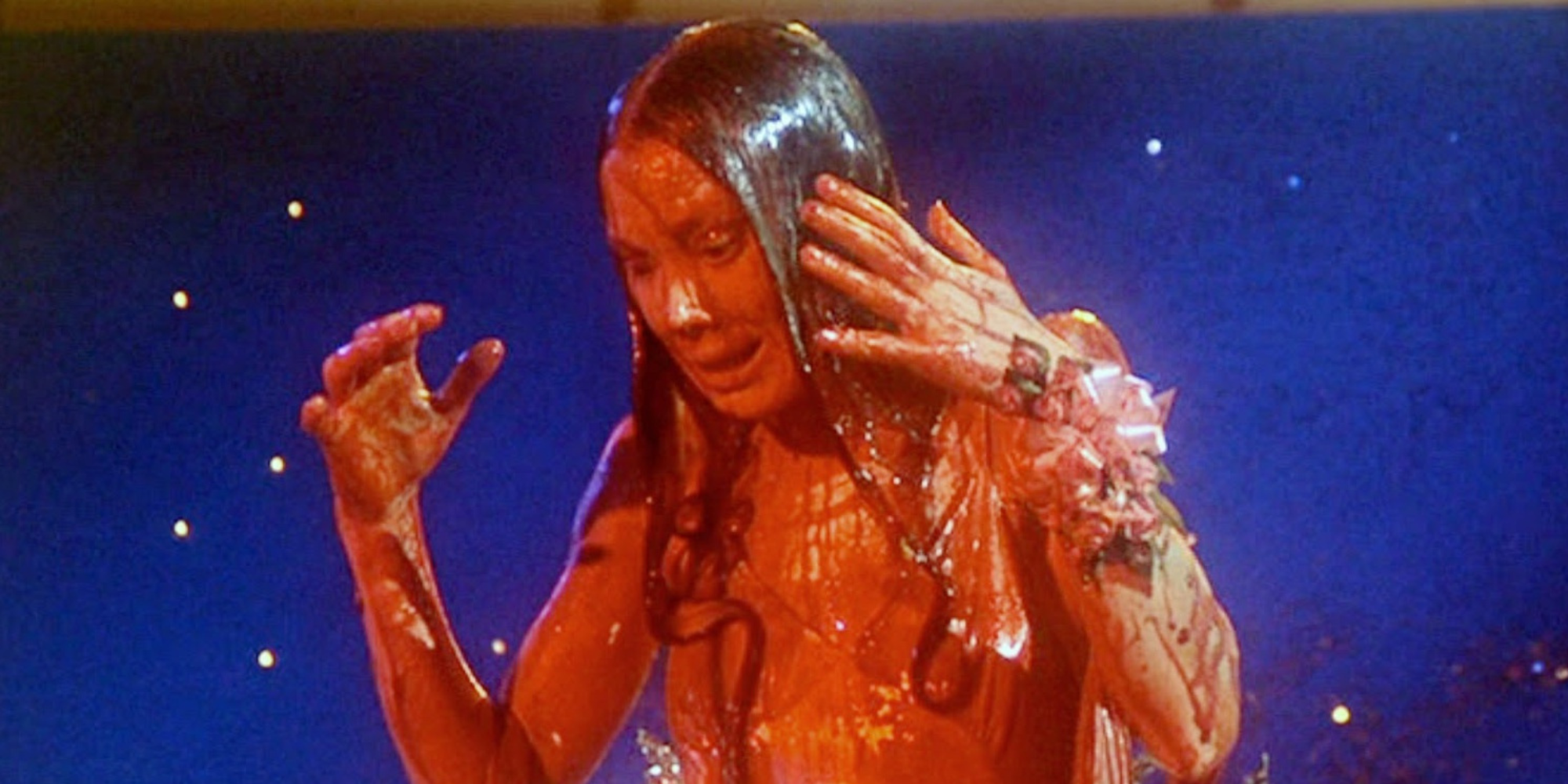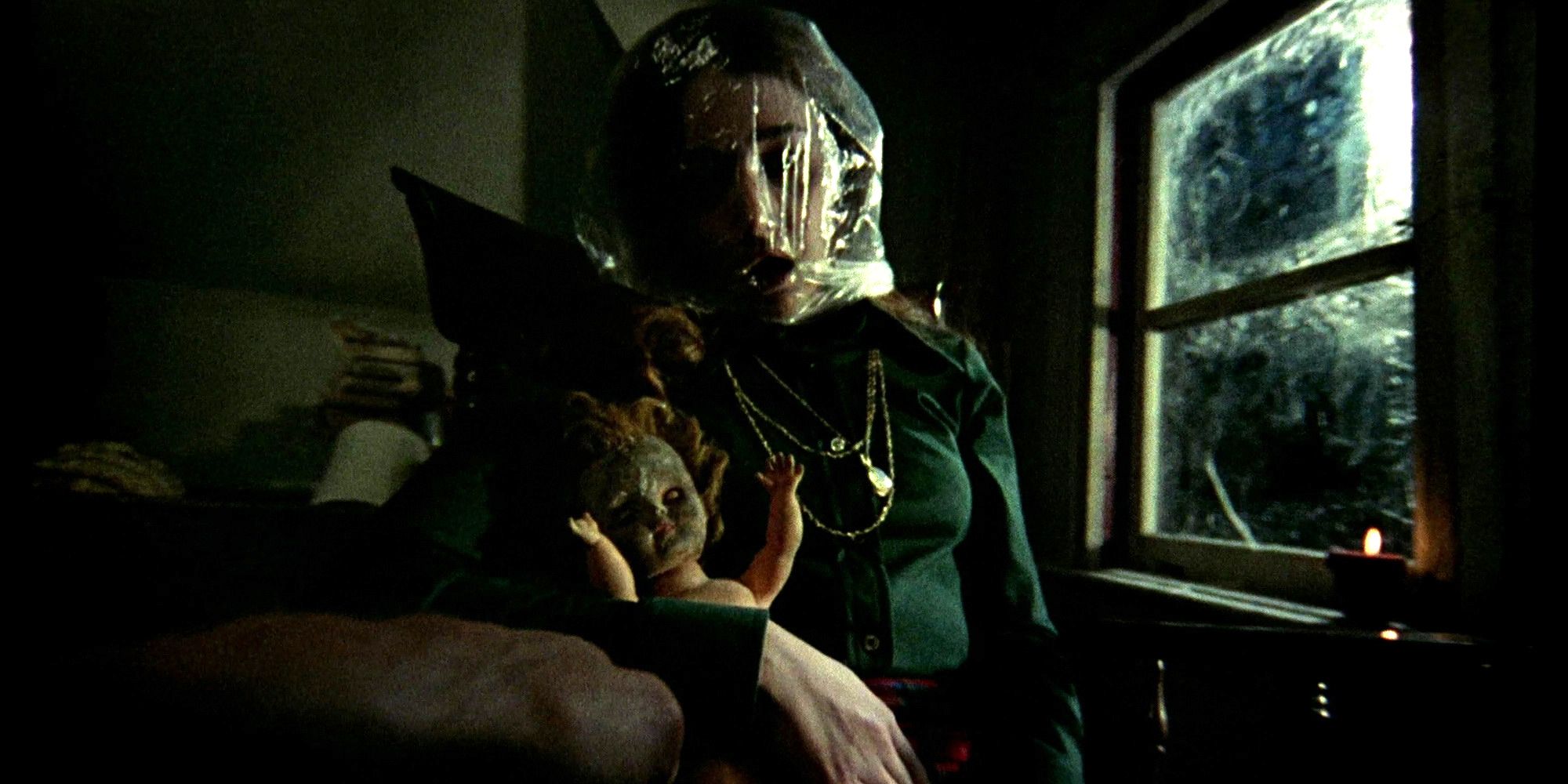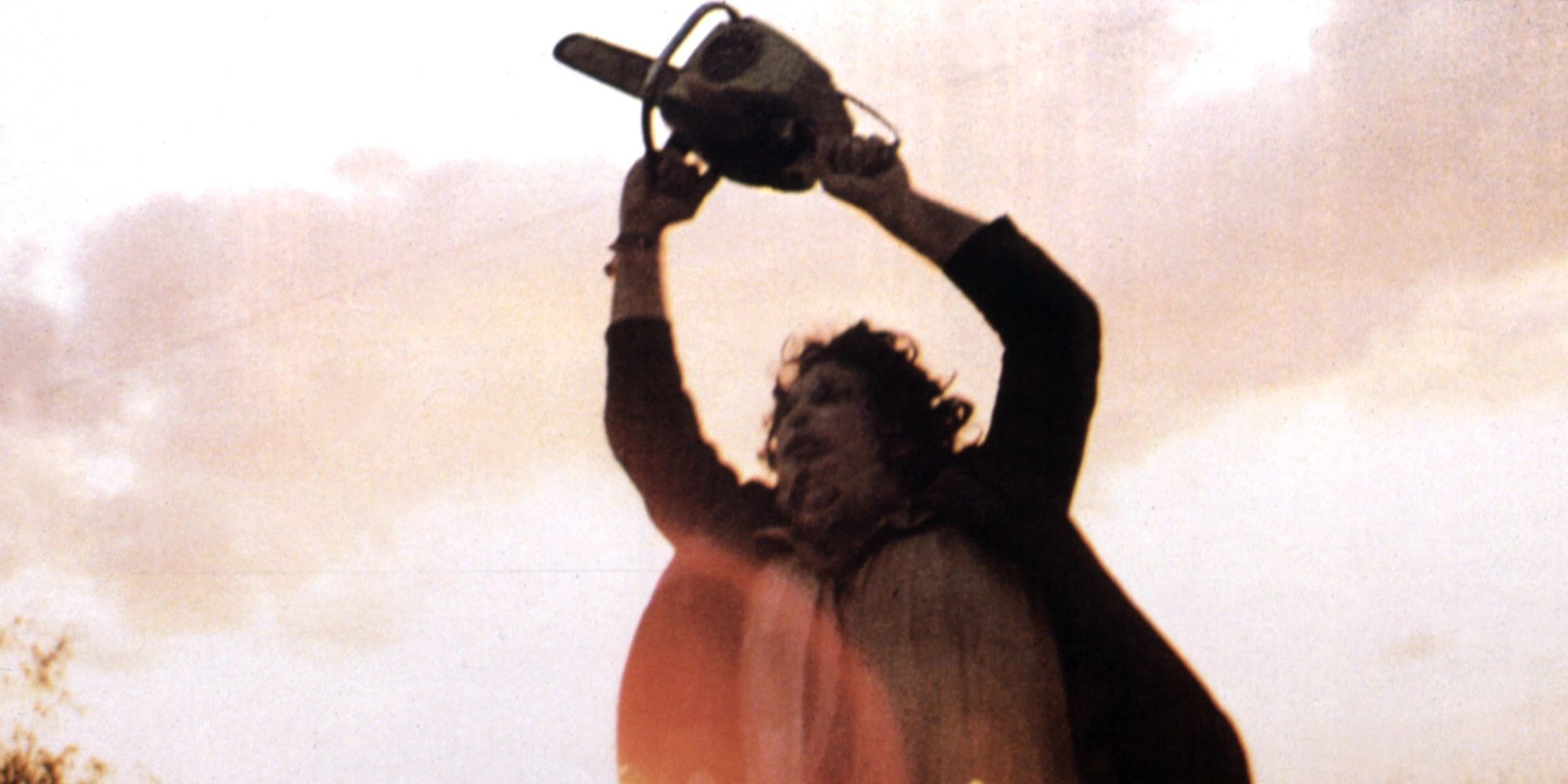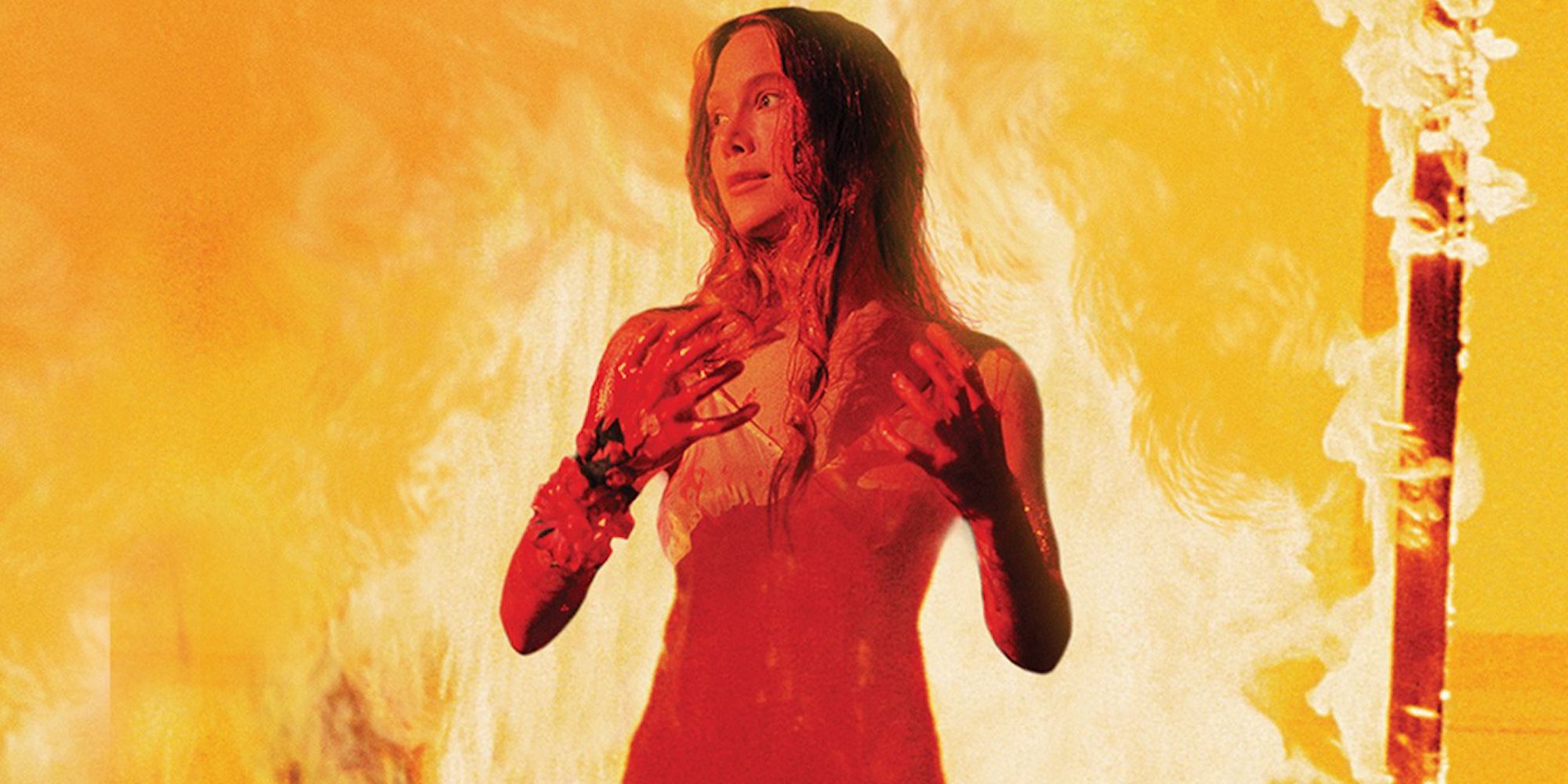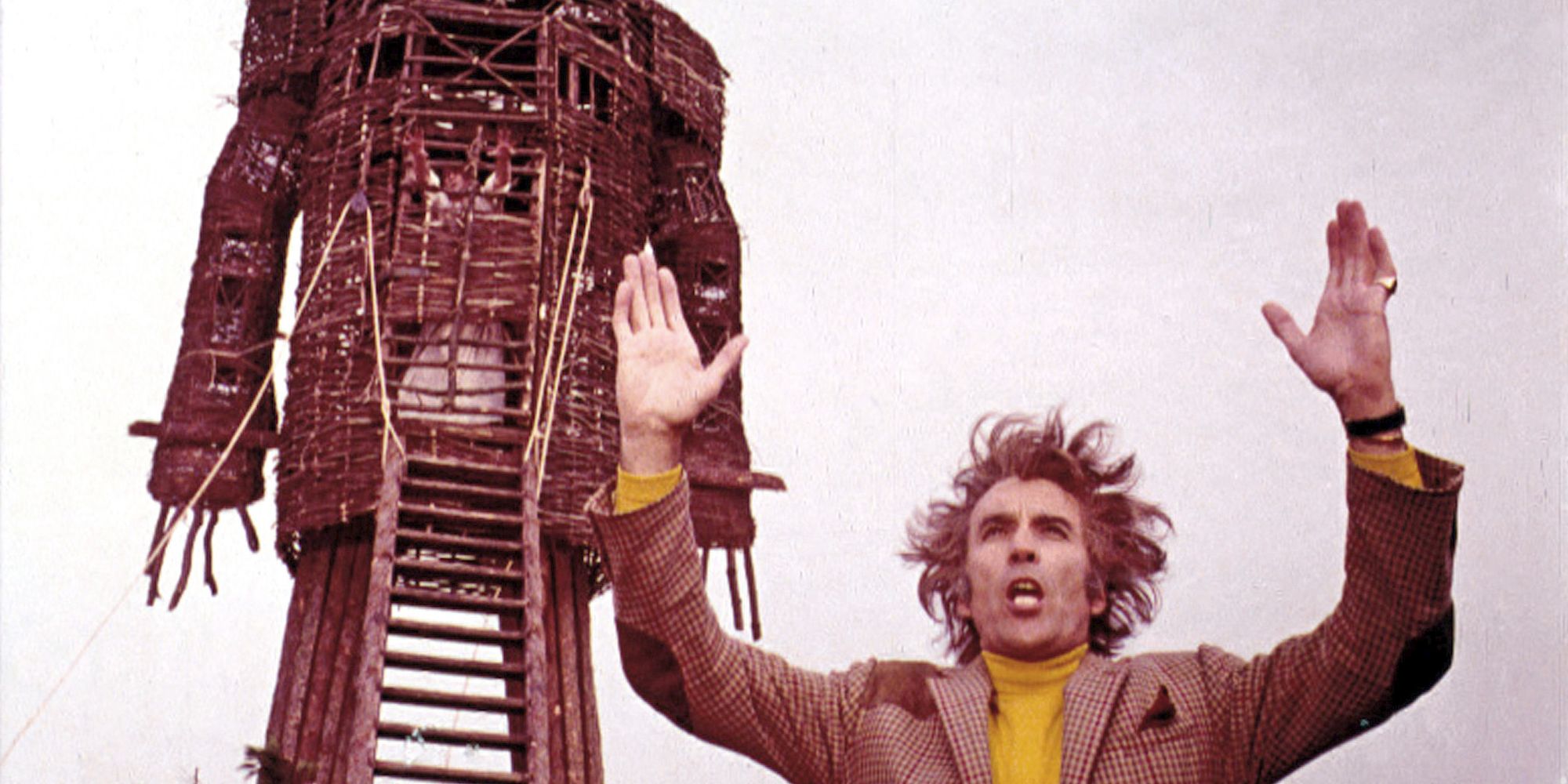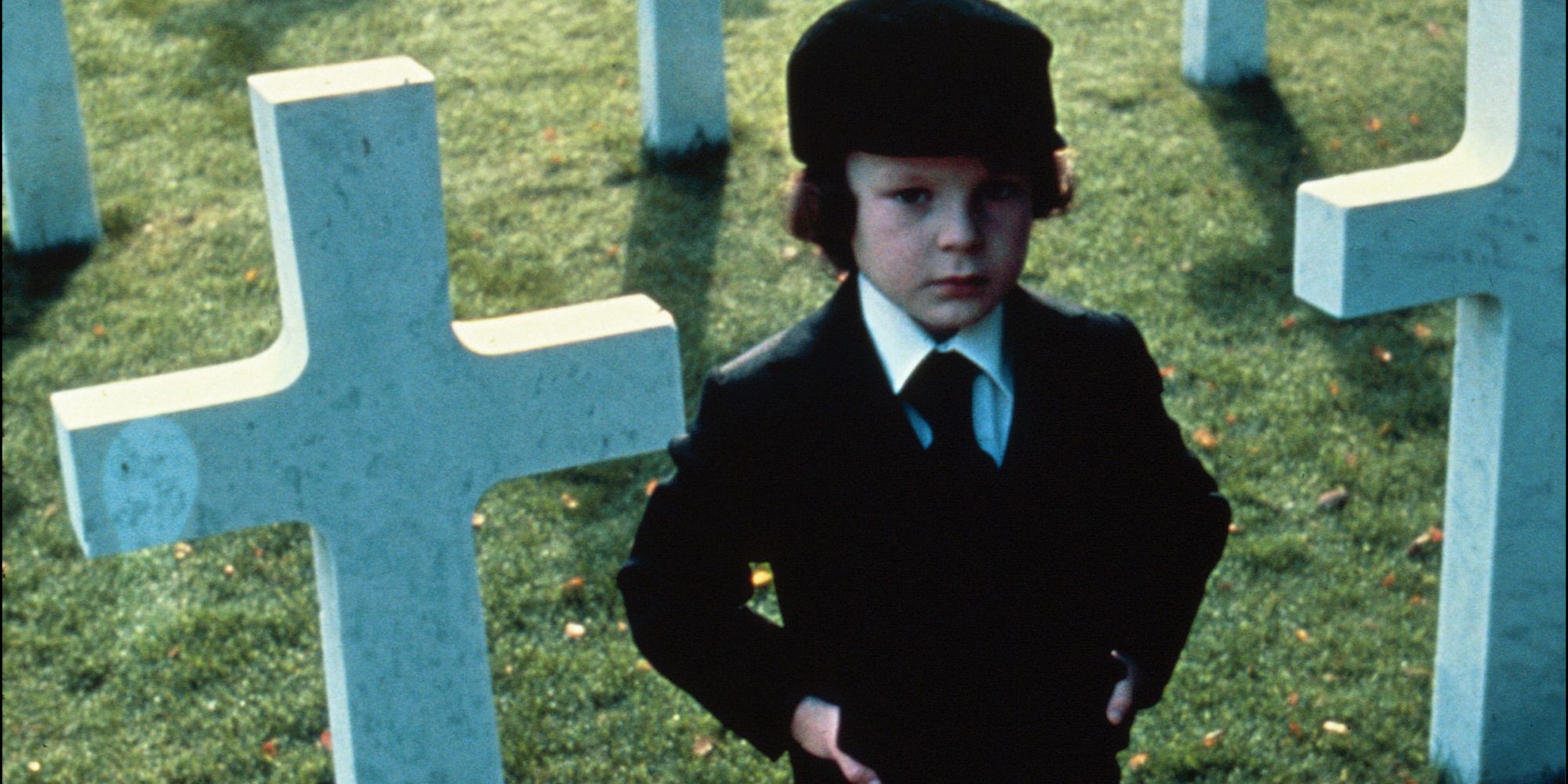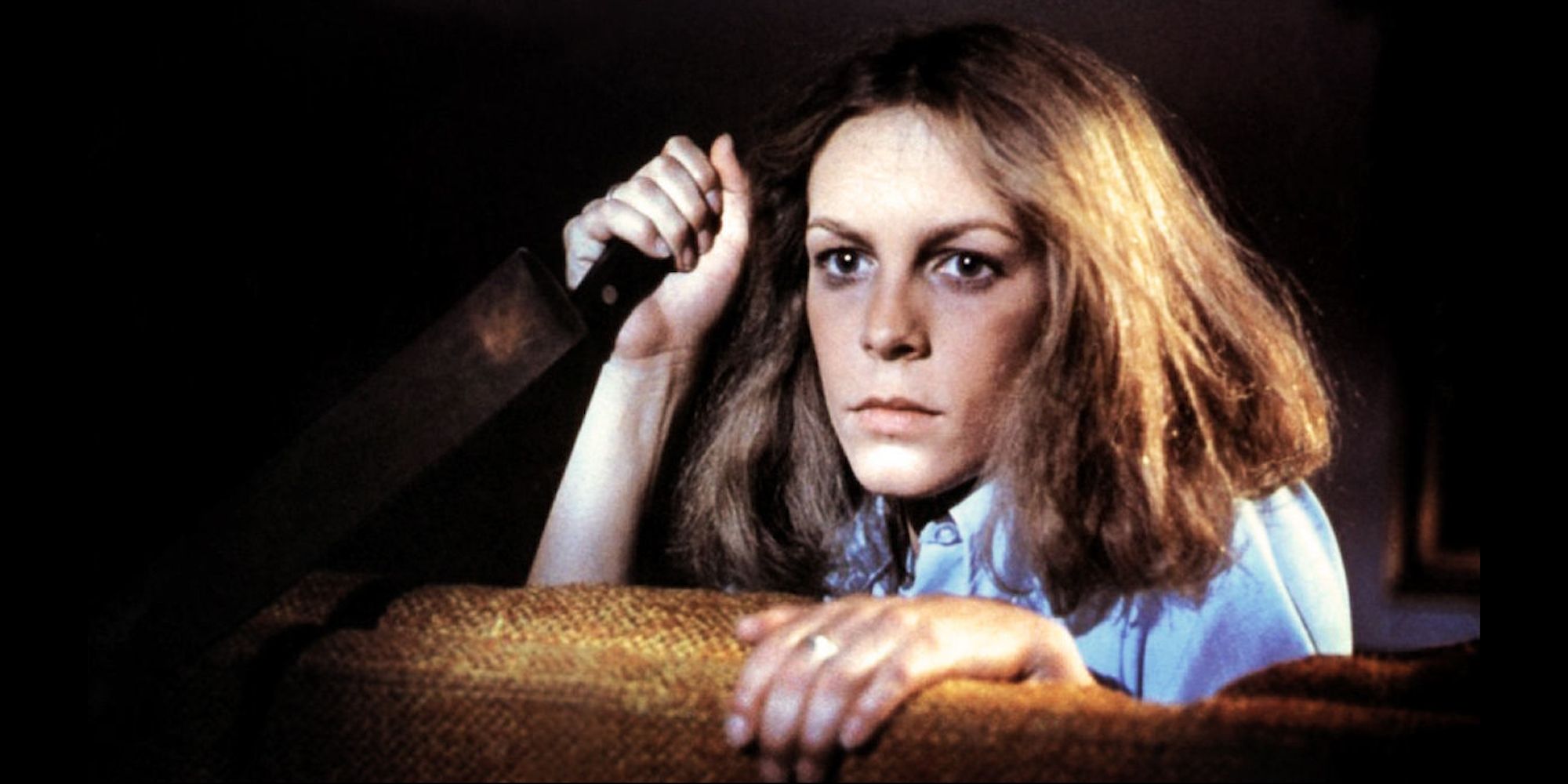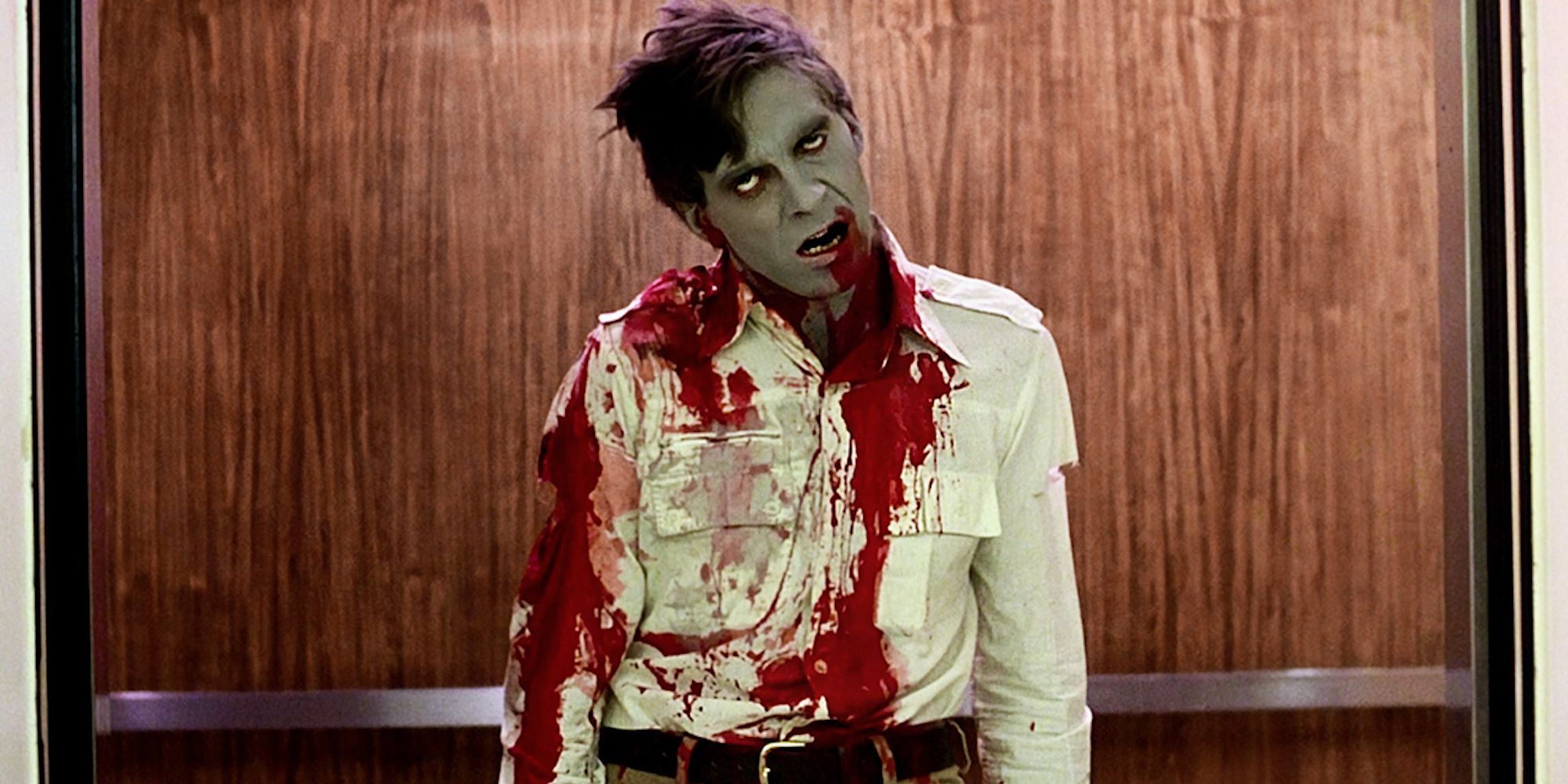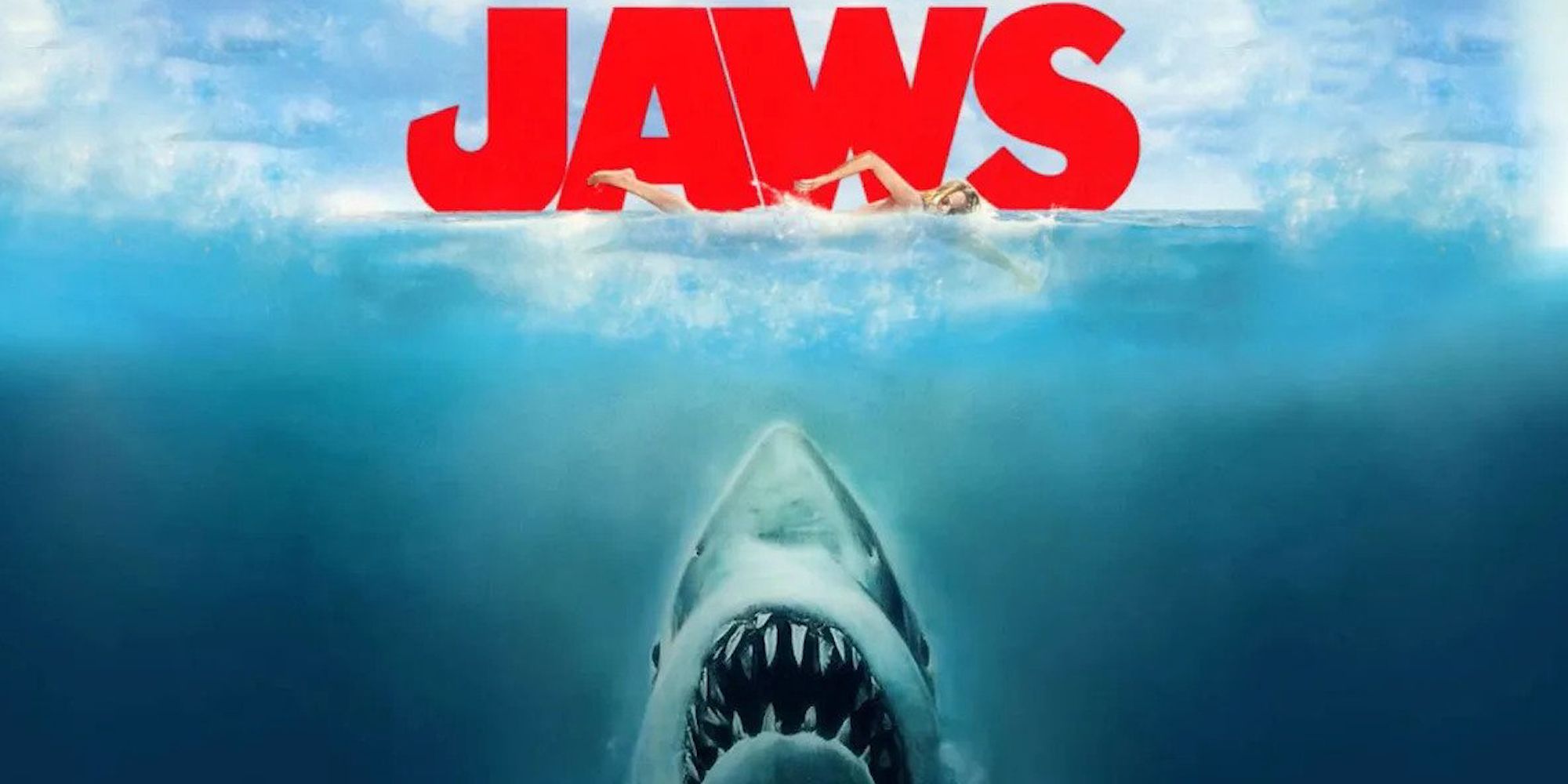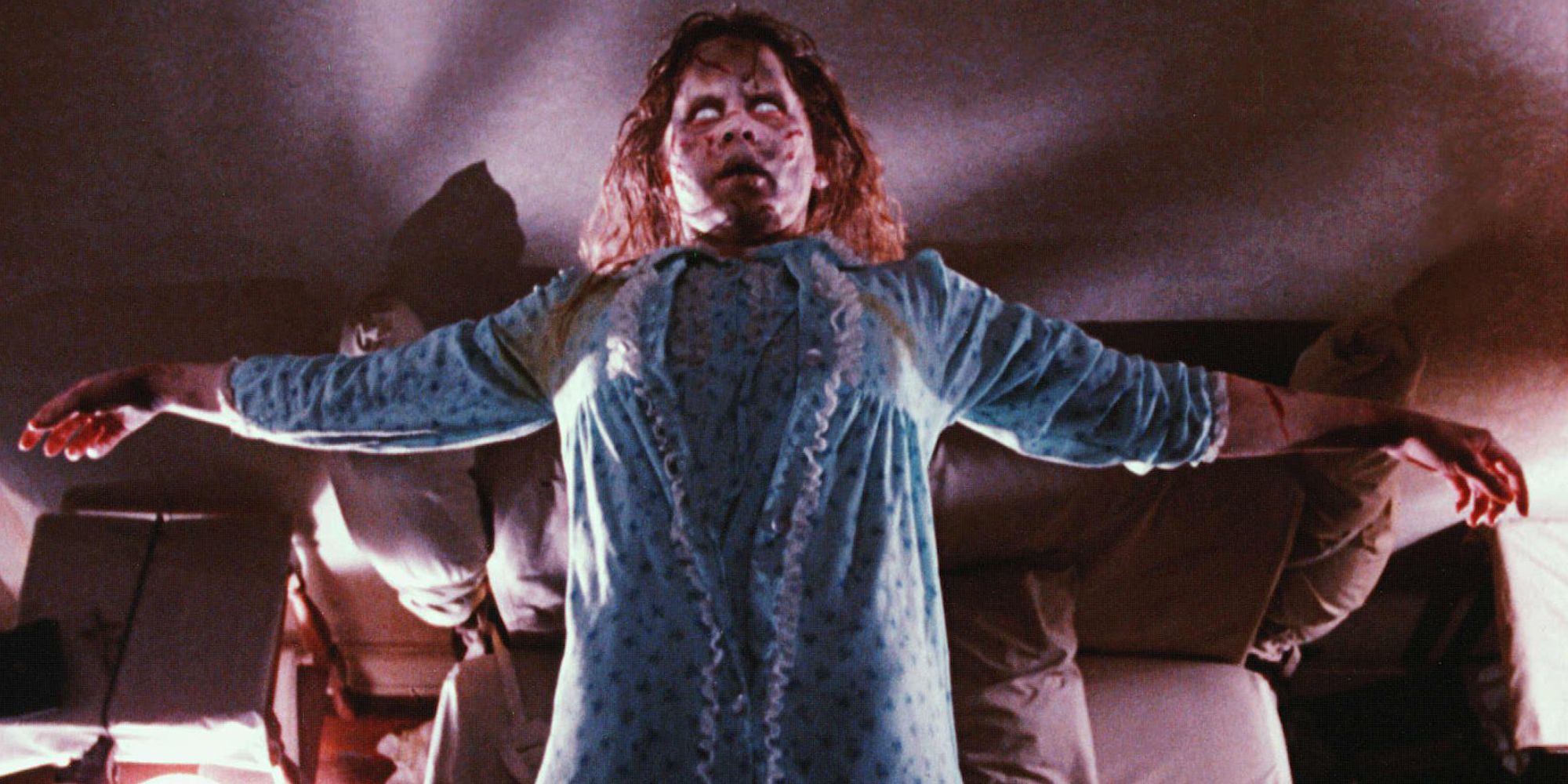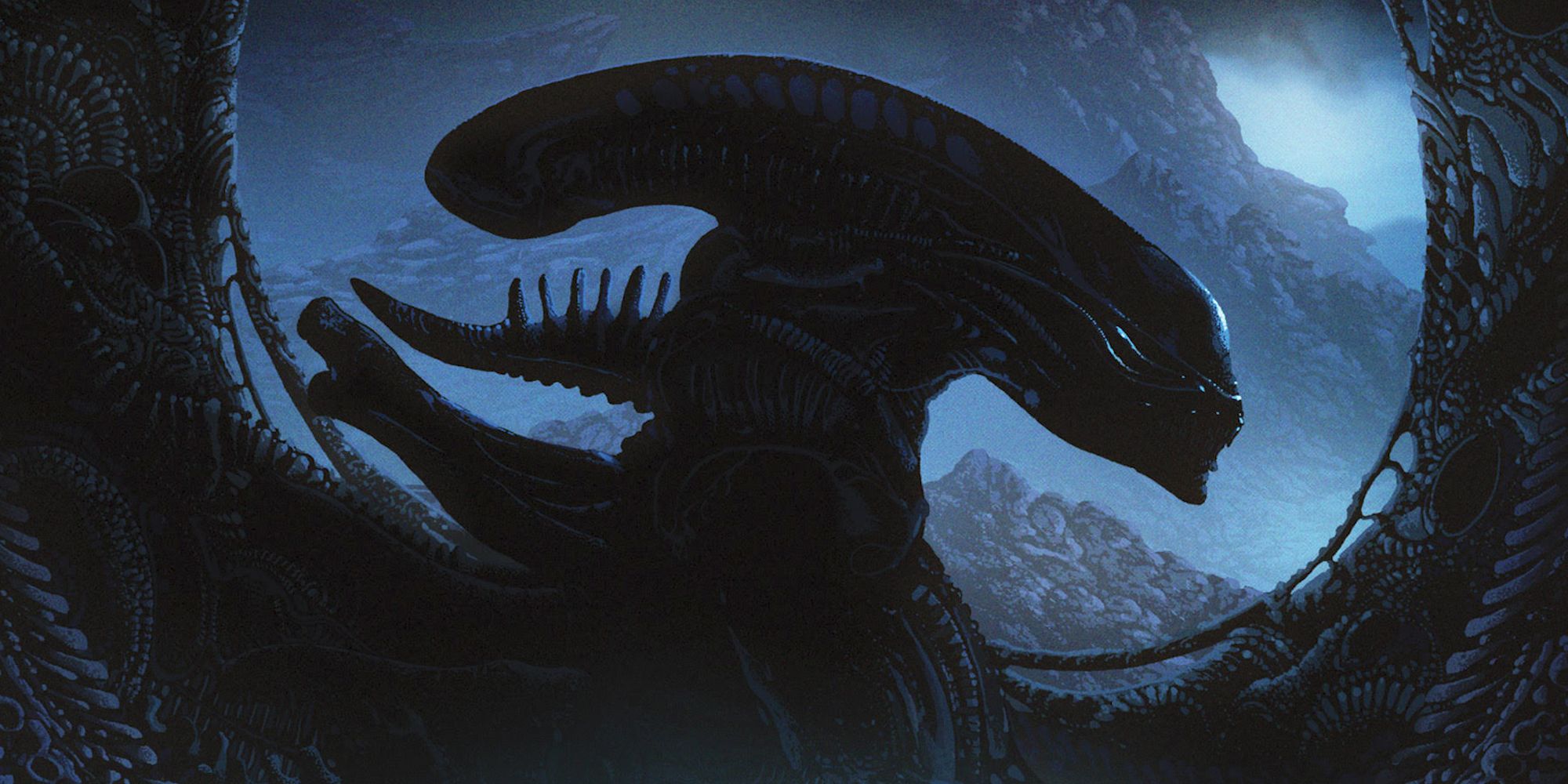The 1970s were a great decade for movies in general and horror in particular. Gritty, low-budget horrors like The Texas Chainsaw Massacre and The Last House on the Left arrived with great impact, spawning legions of sequels and imitators. Future icons including Steven Spielberg, John Carpenter, and Ridley Scott made their first forays into the genre, with thrilling results. Not to mention, foreign language horrors (especially Italian giallo) continued to gain popularity in the UK and North America.
Slashers came into their own in the '70s as well with hits like Halloween, When a Stranger Calls, and Abel Ferrara's The Driller Killer. Horror also got more critical respect than ever before, with William Friedkin's The Exorcist becoming the first horror to be nominated for the Best Picture Oscar. Indeed, the decade would greatly influence the horror movies that would follow in the '80s and '90s. A few later films would build on the decade's achievements, but perhaps no other era can compete with the '70s in terms of sheer freewheeling creativity.
'Black Christmas' (1974) - IMDb: 7.1/10
Black Christmas is a Canadian slasher movie about a group of sorority girls who are stalked by a killer over the holiday season. It was one of the earliest slasher films and had a profound influence on the subgenre, especially on John Carpenter's Halloween.
The film features some enjoyable twists and a few good frights which have aged surprisingly well. It received mixed reviews on release but has since become a cult classic, and was remade in 2006 and again in 2019.
'The Texas Chainsaw Massacre' (1974) - IMDb: 7.4/10
It's a premise that has been repeated ad nauseam, but in 1974 it was still thrillingly fresh: a group of young friends on a road trip stumble across a group of killers hellbent on butchering them and eating them. So begins one of the most iconic exploitation films ever made, which director Tobe Hooper says was inspired by "the massacres and atrocities in the Vietnam War" and other major events of the early '70s, including Watergate and the 1973 oil crisis.
The Texas Chainsaw Massacre is widely considered one of the greatest horror movies of all time and has influenced scores of filmmakers. In particular, it popularized the use of power tools as murder weapons in slasher movies. Likewise, the character of Leatherface inspired dozens of similar hulking, faceless killers in subsequent movies. Most recently, Ti West's X is an overt homage to the film.
'Carrie' (1976) - IMDb: 7.4/10
Director Brian De Palma took Stephen King's electric debut novel and spun it into an incendiary cinematic masterpiece. Sissy Spacek plays the titular high schooler, a shy and awkward girl who is ruthlessly bullied - until she develops telekinetic powers. Piper Laurie and John Travolta are also great in supporting roles.
The film is a suitably bloody study of high school cruelty, teen angst, and religious mania. The pig's blood scene quickly became iconic. Not to mention, Carrie's fiery climax, where the school burns to the ground, inspired similar scenes in Tarantino's Inglourious Basterds, where Shoshanna (Mélanie Laurent) sets fire to the theater during the screening of a Nazi film.
'The Wicker Man' (1973) - IMDb: 7.5/10
Police Sergeant Neil Howie (Edward Woodward) is sent to a remote Scottish island to investigate the case of a missing girl. There, Howie is shocked to discover that many of the isle's inhabitants engage in pagan rituals. They worship effigies, dance around naked, and have sex openly in the fields. Even more disconcertingly, they claim that the girl Howie seeks never existed.
The Wicker Man is the most iconic entry in the folk horror subgenre, which also includes Witchfinder General and The Blood on Satan's Claw, though The Wicker Man is more sophisticated than either. Its echoes can be found most recently in Ari Aster's Midsommar.
'The Omen' (1976) - IMDb: 7.5/10
After Kathy (Lee Remick) gives birth to a child who dies, her husband Robert (Gregory Peck) swaps the baby with another son born to a mother who died in childbirth. Robert never tells Kathy about the switch. As their son Damien (Harvey Spencer Stephens) grows up, tragedy stalks the family, and a priest eventually warns Robert that the boy is the Antichrist.
Picking up on ideas explored in Rosemary's Baby, The Omen succeeds as a straightforward and entertaining horror. A string of sequels followed, and a remake in 2006 starring Mia Farrow, bringing the connection with Roman Polanski's film full circle.
'Halloween' (1978) - IMDb: 7.7/10
Along with Friday the 13th and A Nightmare on Elm Street, Halloween was one of the classic slashers that established the subgenre as a force to be reckoned with. The plot is simple, as with all good slasher movies: a mental patient breaks out of an asylum and stalks Laure (Jamie Lee Curtis), a teenage babysitter. Director John Carpenter gleefully builds on ideas developed by Alfred Hitchcock with Psycho, updating them for a new decade.
The film proved instantly influential. For example, the film's opening scene, which shows a murder from the killer's point of view, inspired similar moments in Brian De Palma's Blow Out and Tobe Hooper's The Funhouse. Halloween spawned a blockbuster franchise consisting of thirteen films, with the latest entry Halloween Ends premiering on October 14, 2022.
'Dawn of the Dead' (1978) - IMDb: 7.8/10
Ten years after Night of the Living Dead, George A. Romero returned to the zombie subgenre and delivered another fresh, entertaining tale of brain-munching ghouls. This time, the main characters barricade themselves inside a shopping mall to hide from the endless ranks of the dead.
Dawn is funnier than its predecessor. In particular, it uses the shopping mall setting to poke fun at American society in the late '70s, especially the consumerism. But it still packs a lot of good scares and a ton more violence. There's one groundbreaking headshot scene, in particular, with delectably gruesome practical effects.
'Jaws' (1975) - IMDb: 8.1/10
Jaws burst onto the scene in 1975 with all the force of a rampaging great white. It shattered box office records, raking in $476m, a record it would hold until Star Wars came along in 1977. Almost 50 years later, Jaws remains a thrilling creature feature. It represents the intersection of Spielberg's interests: a fast-paced plot, complex characters, high-octane action sequences, and animatronic monsters.
Jaws set the blueprint for the summer blockbuster. As a result, Quentin Tarantino dubbed it "the greatest movie ever made". Not to mention, the minimal score by John Williams includes what might be the most famous piece of horror movie music of all time. "Da-Dum. Da-Dum. Da-Dum..."
'The Exorcist' (1973) - IMDb: 8.1/10
The Exorcist is the quintessential possession story: a mother worries that demons have taken hold of her daughter (Linda Blair), so she asks two Catholic priests to save the child. It was a cultural sensation on release. There were dozens of stories of audience members fainting or running out of the theater, even some claims of heart attacks.
It's hard to blame them. The film has no shortage of chilling moments: the head-spinning scene, the angiogram, Regan's spider-like walk, and, of course, that scene with the crucifix. The Exorcist also broke ground as the first horror movie to be nominated for the Oscar for Best Picture, paving the way for future prestige horrors like The Silence of the Lambs.
'Alien' (1979) - IMDb: 8.5/10
After coming across an abandoned spaceship on a distant moon, the crew of the space tug Nostromo must fight for survival as an extraterrestrial stowaway picks them off one by one. Alien is one of the best '70s movies in any genre, from the acting (especially Sigourney Weaver and Ian Holm) to the leaky, lived-in set design of the spaceship and, of course, the striking xenomorph designed by H.R. Giger.
Ridley Scott conjures up a claustrophobic body horror nightmare that arguably remains the high-water mark for sci-fi. It's got something for everyone: a detailed sci-fi setting, chest-bursting gore, three-dimensional characters. Aliens and Alien 3 gave the heroes guns and added more action, but the first movie is superior because it's more thoughtful - and more frightening.

